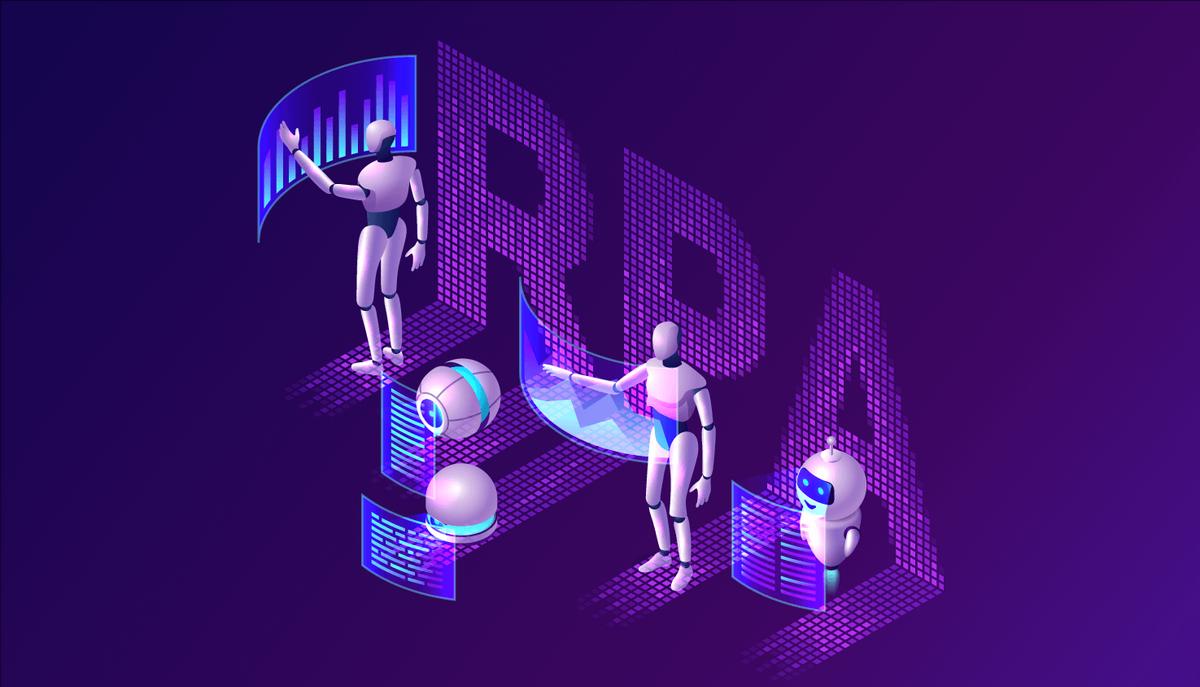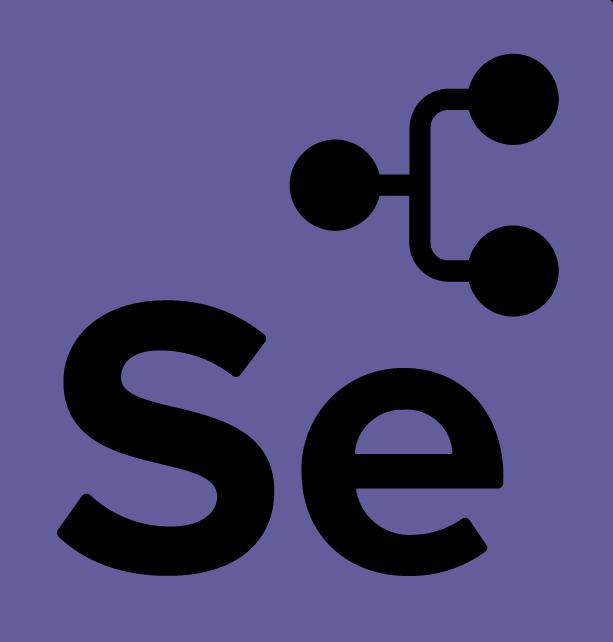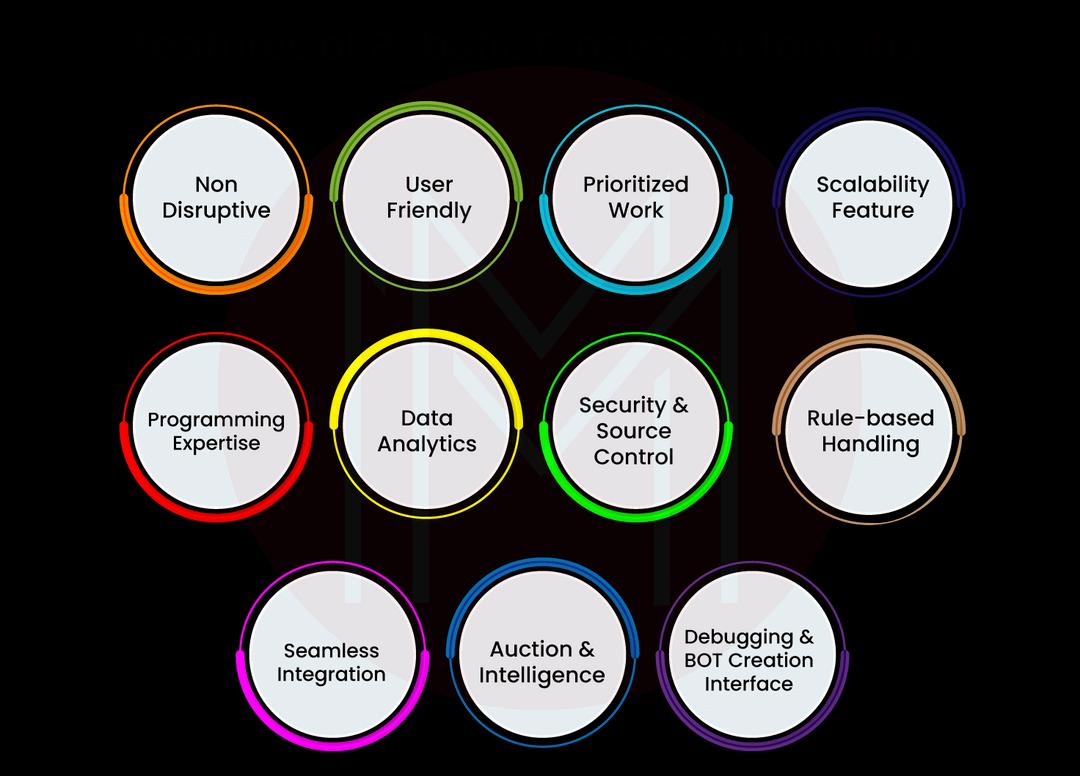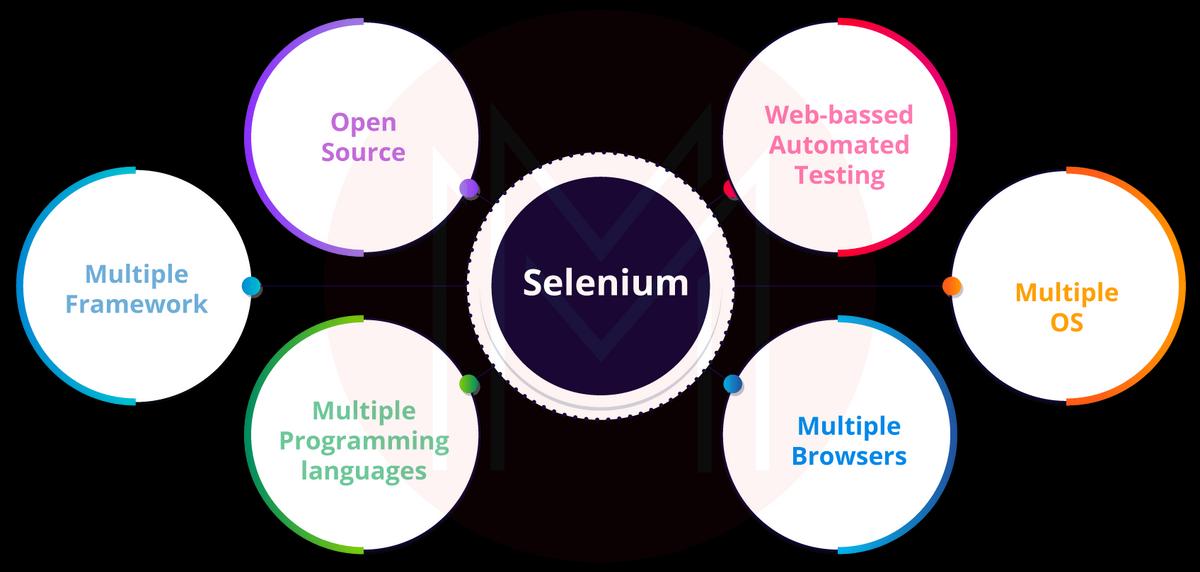- 30 Robotic Process Automation (RPA) Examples
- NICE Actimize RPA Interview Questions
- Automation Anywhere Interview Questions
- Automation Anywhere Tutorial
- Blue Coat Interview Questions
- Blue Prism Architecture
- Blue Prism Certification Guide 2024
- Blue Prism Interview Questions
- Blue Prism Process Studio
- Blue Prism Tutorial
- Blue Prism Version 6
- Blue Prism vs Automation Anywhere
- Blue Prism Vs OpenSpan
- Blue Prism Vs UiPath
- BlueCat Interview Questions
- Career Scope in RPA
- RPA Vs BPM - Major Differences
- Open Source RPA Tools
- Enterprise Robotic Process Automation
- Role of Blue Prism in RPA
- RPA Architecture
- RPA Implementation Challenges
- RPA Interview Questions
- RPA Statistics
- RPA Tools Comparison
- RPA Tutorial
- RPA Use Cases - Case Studies
- UiPath Interview Questions
- UiPath Introduction
- UiPath Tutorial
- What is Robotic Process Automation?
- WorkFusion Interview Questions
- Different Types of Automation
- Introducing Robotic Process Automation
- Kofax Interview Questions for Beginners
- OpenSpan Interview Questions
- Top 10 Reasons To Learn Robotic Process Automation
- How to install UiPath
Technology has reached new heights in the world we live in now, and the huge growth of automation has made this change even bigger. Technology has come a long way, automating everything from a single test case to an entire company's operations. From their humble beginnings as a tool for calculation and storage to their current status as command centers, computers have made incredible strides. As a result, previously inconceivable applications and tools have emerged to meet a wide range of needs.
RPA and Selenium are two independent tools of the modern computer age that perform diverse but related functions. They rely on one another and influence the ultimate service or product. Both are on-screen and off-screen actors who play a vital role in the growth of global technology. This RPA vs. Selenium blog explains the key distinctions between Selenium and RPA and clarifies their relationship.
| Table Of Content - RPA vs Selenium |
What is RPA?

RPA is a Business automation technology that aids in the automation of time-consuming and monotonous tasks. It can automate processes without requiring human intervention. It automates processes that would otherwise require human intervention. Bots and software mimic human actions and perform the desired task. It is commonly used to automate backend processes.
| If you would like to build your career with an RPA-certified professional, then visit Mindmajix - A Global online training platform: “RPA Certification Training” Course. This course will help you to achieve excellence in this domain. |
What is Selenium?

Selenium is an automation tool for automating browsers. It is a framework for developing and testing web applications. It is a project umbrella that will automate the web browser. It works with various web browsers, including Firefox, Chrome, and others. Selenium is available in Python, JavaScript, and other programming languages. Selenium, when combined with Appium, can also test mobile devices.
| If you want to enrich your career and become a professional in Selenium, then enroll in "Selenium Training" - This course will help you to achieve excellence in this domain. |
Features of RPA

- The primary focus of RPA is the development of software robots capable of simple system interaction, with the aim of enhancing the capabilities of businesses.
- RPA bots assist in managing and executing a wide range of human tasks, like moving folders and files, copying and pasting data, filling forms, and many more.
- It depends on screen scraping and workflow automation.
- RPA is a mixture of artificial intelligence (AI) and automation.
- Software bots are one possible method that helps enterprises to achieve cost savings.
- Assists the organization in achieving cost savings.
- It is used in various business processes such as operations, calculations, and data extraction.
Precision at high volumes: When people are given jobs that are always the same or repetitive, they are more likely to get bored. This makes them less productive and more likely to make mistakes. RPA is used in these places where AI can do the job perfectly and in large numbers. This includes looking at information.
Enhanced productivity: When machines do the boring parts of the job, people have more time to focus on the parts that require creativity and thinking outside the box, which machines aren't good at.
Affordability: Because of the high cost of developing and implementing RPA, most businesses cannot afford it, so it is famous only among large investors and is not part of a company's general gadgets.
Features of Selenium

- Selenium is a portable and open-source web testing framework.
- It is one of the most widely used cloud-based testing applications. As a result, testers can record their activities. You can also export them as a reusable script.
- Selenium IDE allows you to record and replay tests.
- Selenium provides parallel test execution to increase efficiency and reduce time.
- Selenium can integrate with testing frameworks for report generation and application testing.
- Selenium requires very few resources when compared to other automation testing tools.
- A server is not required for the installation of Selenium web drivers. As a result, test scripts will interact with browsers.
- They are organized into classes to make commands easier to understand and install.
Free Open-source tool: Selenium is the most popular testing tool because it is free and can be used for many different testing tasks. Selenium is driven by the fact that there are no fees for test functions.
Browser support is extensive: Selenium will soon be better known because some of the most popular browsers will support it. It will also have its own permanent place in the browser's native code.
Language assistance: Even while Selenium includes its own scripts, testers can use any language they wish, including Perl, Groovy, Ruby, Python, C#, and Java, among others. The increasing number of users can be partially related to this.
Enhancement and Usability: Selenium has been criticized for its lack of functionality due to the fact that it is dependent on external frameworks for the advertisement and is therefore not always completely supported by all browsers.
Tool and DSL combination: Selenium is, without a doubt, the best set of tools and DSL (Domain Specific Language) for running tests of all stripes. Your browser-based test runs can also be recorded. Chrome, IE, Firefox, and Safari are just some of the browsers it supports.
The testing language is quite sophisticated: When testing web applications, Selenium uses a Domain Specific Language. Over 200 commands can be used in this easy-to-learn programming language.
A Multipurpose Language: Once the test cases are ready, they can be run on any platform, such as Mac OS X or Linux.
Reduce Test Running Time: Selenium lets you run tests at the same time, which cuts down on the time it takes to run tests at the same time.
Difference Between RPA and Selenium

Following are some important differences between Selenium and RPA:
1. What exactly do these tools automate?
- Selenium automated web application testing.
- RPA is a method for automating routine tasks in an organization, such as data entry, searching, processing transactions, and calculating.
2. Where automation takes place Selenium can only automate the current web page.
- Selenium automates web pages.
- RPA automates all of the time-consuming backend processes.
3. Tools are either commercial or free.
- Selenium is an open-source testing tool, and RPA tools such as UiPath, Automation Anywhere, BluePrism, and others are available.
- Among these tools, UiPath provides a learning platform, with the community edition free for individual use and the business edition licensed. The other tools are licensed for business use.
[Related Article: Blue Prism Vs UiPath]
4. Major Components of RPA and Selenium
- Webdriver is very important in automating test cases because it overcomes all of the disadvantages of Selenium RC and simplifies and clarifies the testing process.
- RPA employs bots to assist in the rendering of possible outcomes by imitating human activities.
5. RPA and Selenium's level of automation
- RPA aids in the maintenance of massive data records simplify the process and is adaptable in dealing with clerical tasks.
- Because it works on the front end of the web application, Selenium does not support clerical processes.
6. Complexity of the Life Cycle
- The simpler their life cycle, the more efficient they are in terms of results. In comparison to RPA, the life cycle of Selenium is more complicated.
7. Coding knowledge- Necessity or not
- Selenium necessitates fundamental JAVA knowledge.
- RPA requires a working knowledge of coding.
RPA vs Selenium FAQs
1. Which is better, RPA or Selenium?
Backend processes are automated using RPA, while Selenium is a tool for automating browsers.
2. What is the role of RPA?
RPA Developers' primary responsibility is to design, develop, and implement RPA systems. To set up and analyze automated processes, they use various RPA tools and technologies such as UI Automation, and others. These tools analyze processes and determine whether they can be automated.
3. Is there a future in RPA?
The future of RPA lies in the automation that enables it to be intelligent, integrated, and intuitive. The ability to adapt quickly in the future is a benefit of this rapid development, and it extends to people who make good choices now.
4. Is RPA in high demand?
Robotic process automation has grown a lot in high demand in the last few years. RPA is becoming more popular on the RPA market because it promises to use software robots to do rule-based, repetitive, manual digital tasks.
5. Does the RPA developer need coding?
To configure the software robot, RPA does not require any programming skills. Because it is a code-free technology, any non-technical person can configure the bot with drag-and-drop features. It also includes a 'Recorder' for recording automation steps.
6. Is RPA a good career path?
There are numerous opportunities in the RPA industry. If you want to work in a skill-based industry, consider a career in RPA. According to Indeed, there is a lot of growth in this industry, with high-paying jobs and job satisfaction.
7. Is RPA a stressful job?
A chance to free up time and energy for more strategic responsibilities by reducing drudge work. But that requires proper planning and investment, and people are aware of this. As a result, RPA, like AI and other IT automation, can instill anxiety and fear in users.
8. Is RPA difficult to learn?
This RPA fundamentals program's course material is specifically designed for beginners, and no coding experience is required. As a result, the program is quite simple, to begin with.
Conclusion
In this RPA vs Selenium, I have included all the main differences and similarities between these two booming automation softwares. Both RPA and Selenium have their pros and cons when it comes to automation. Thus, you have to be specific about the needs and how these tools will satisfy those needs. I hope this RPA vs. Selenium blog provides you with enough information on the difference between RPA and Selenium. If you have any queries, let us know by commenting below.
Start enrolling your names on RPA Training & Selenium Training course to understand the deeper concepts and start leaning!
 On-Job Support Service
On-Job Support Service
Online Work Support for your on-job roles.

Our work-support plans provide precise options as per your project tasks. Whether you are a newbie or an experienced professional seeking assistance in completing project tasks, we are here with the following plans to meet your custom needs:
- Pay Per Hour
- Pay Per Week
- Monthly
| Name | Dates | |
|---|---|---|
| RPA Training | Jan 06 to Jan 21 | View Details |
| RPA Training | Jan 10 to Jan 25 | View Details |
| RPA Training | Jan 13 to Jan 28 | View Details |
| RPA Training | Jan 17 to Feb 01 | View Details |

Madhuri is a Senior Content Creator at MindMajix. She has written about a range of different topics on various technologies, which include, Splunk, Tensorflow, Selenium, and CEH. She spends most of her time researching on technology, and startups. Connect with her via LinkedIn and Twitter .















